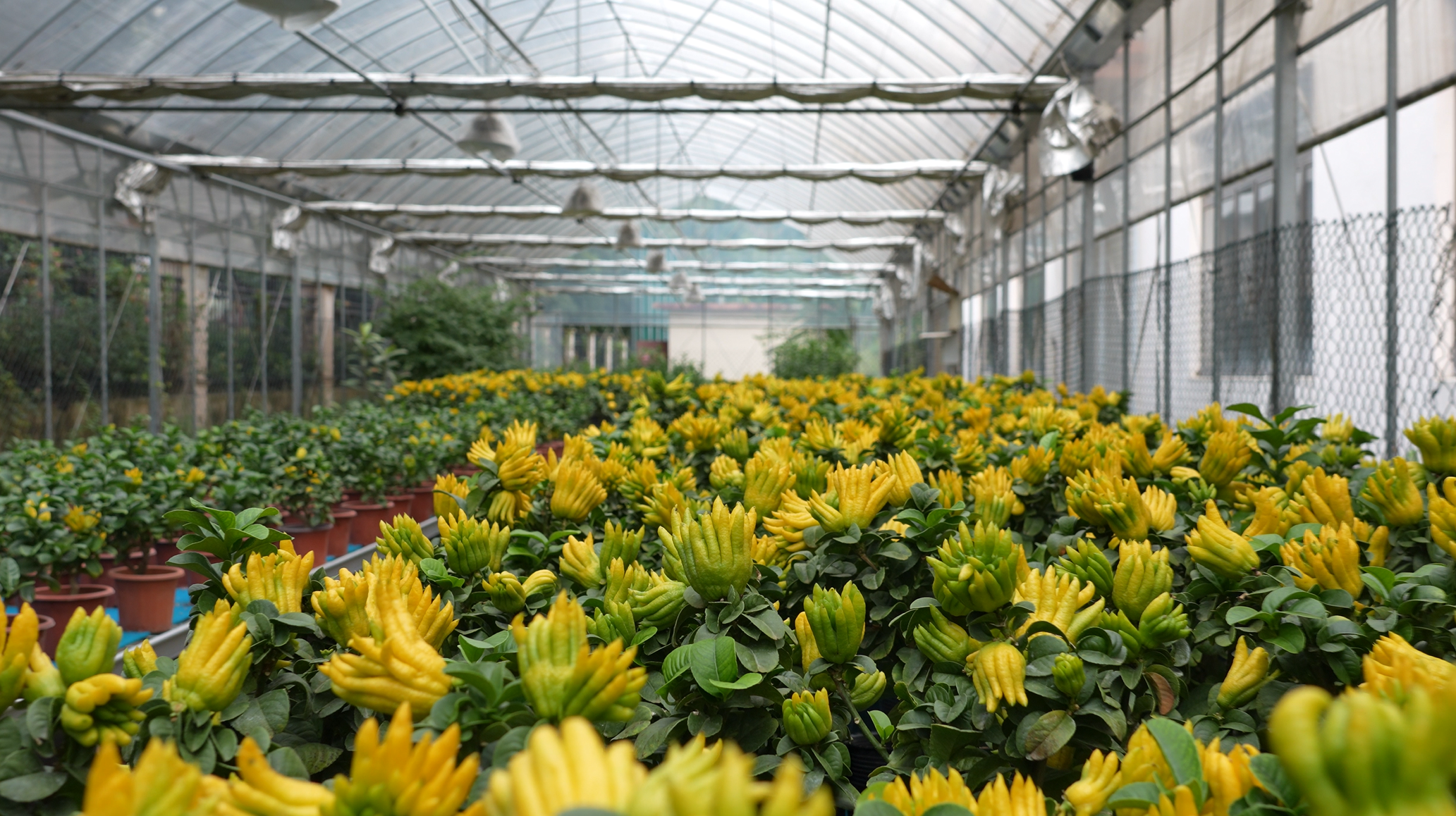

The Flesfingered citron, both a flower and a fruit, has symbolized good fortune and longevity since ancient times. Arranging it as a New Year's offering to enjoy its elegance and charm is a unique ritual cherished by the Chinese people. It embodies an ineffable wisdom, with a subtle flavor and a noble essence in its simplicity. Placed on a desk, it serves as an excellent remedy for common ailments; displayed in a vase, it brings simple joys to life.

Jinhua Flesfingered citron, a member of the Rutaceae family, gets its name from its fruit's resemblance to the hand of Buddha. Also known as "Golden Buddha's Hand", it's a specialty of Jinhua, Zhejiang. Here is a brief introduction:
The cultivation of Flesfingered citron in Jinhua dates back centuries. There are records from around 400 years ago, with its popularity peaking from the late Ming to the early Qing Dynasty. Before the War of Resistance against Japanese Aggression, 80,000 fruits were sold in Shanghai and Jiangsu.

It's an evergreen small tree or shrub. Old branches are gray - green, young ones are purplish - red with short, hard thorns. Leathery leaves have serrated edges. Flowers can be solitary, clustered, or in racemes, with white inner and purple outer petals. The fruit, a hesperidium, is ovoid or oblong, split at the apex like a fist or open fingers. The peel is golden - yellow, and the pulp is jade - white.
It has won the Gold Award for High - Quality Agricultural Products in Zhejiang and gold awards in many major exhibitions. In 2014, it received official geographical indication protection.